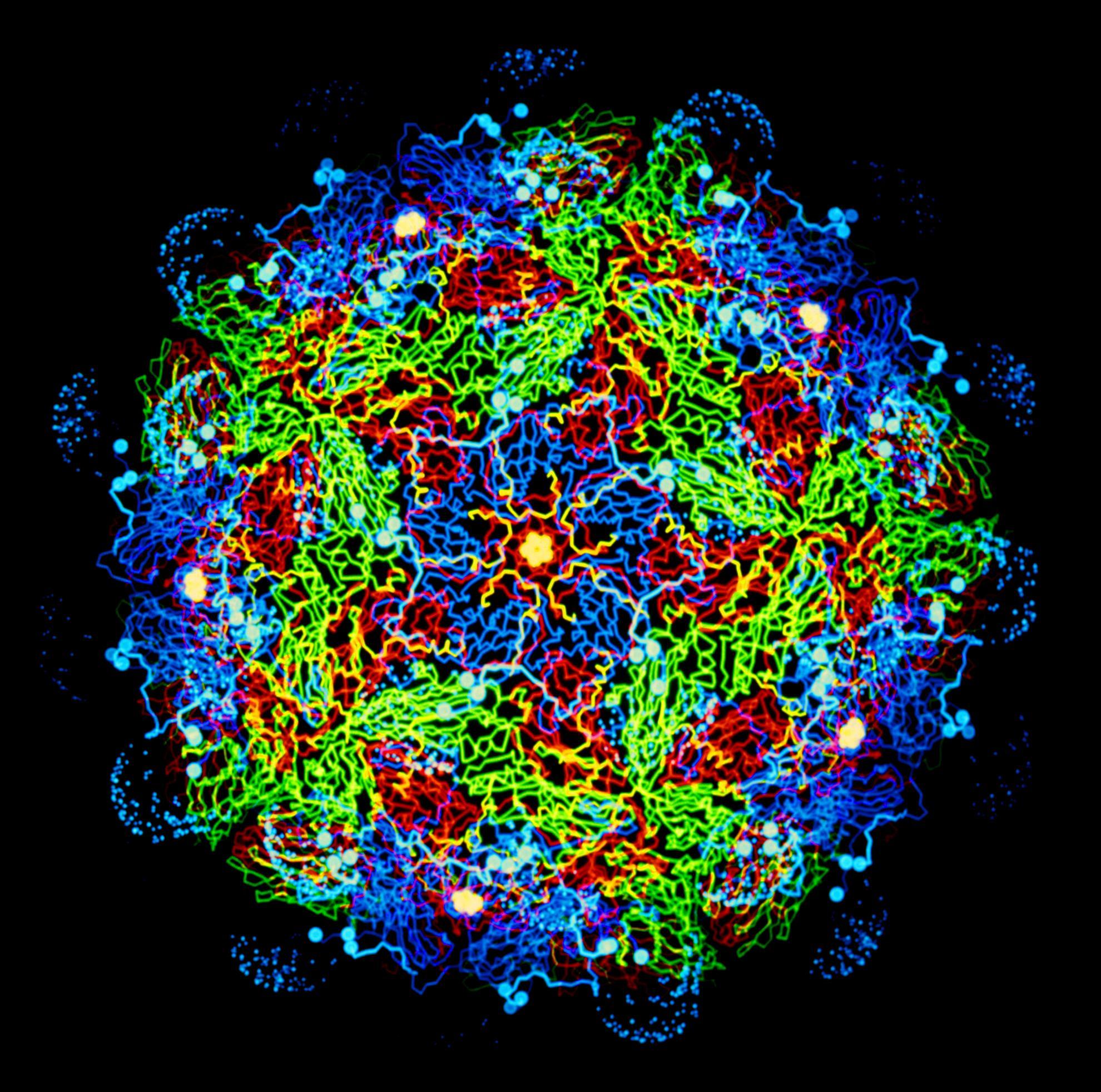Airborne transmission of foot-and-mouth disease virus: a review of past and present perspectives
The primary transmission route for foot-and-mouth disease (FMD), a contagious viral disease of cloven-hoofed animals, is by direct contact with infected animals. Yet indirect methods of transmission, such as via the airborne route, have been shown to play an important role in the spread of the disease. Airborne transmission of FMD is referred to as a low probability- high consequence event as a specific set of factors need to coincide to facilitate airborne spread. When conditions are favourable, airborne virus may spread rapidly and cause disease beyond the imposed quarantine zones, thus complicating control measures. Therefore, it is important to understand the nature of foot-and-mouth disease virus (FMDV) within aerosols; how aerosols are generated, viral load, how far aerosols could travel and survive under different conditions. Various studies have investigated emissions from infected animals under laboratory conditions, while others have incorporated experimental data in mathematical models to predict and trace outbreaks of FMD. However, much of the existing literature focussing on FMDV in aerosols describe work which was undertaken over 40 years ago. The aim of this review is to revisit existing knowledge and investigate how modern instrumentation and modelling approaches can improve our understanding of airborne transmission of FMD.

